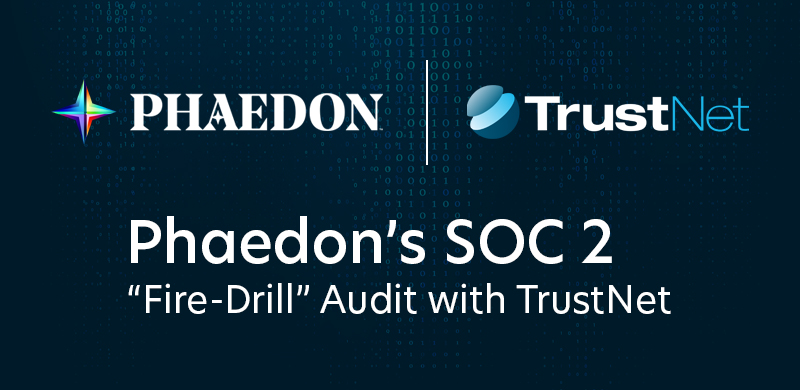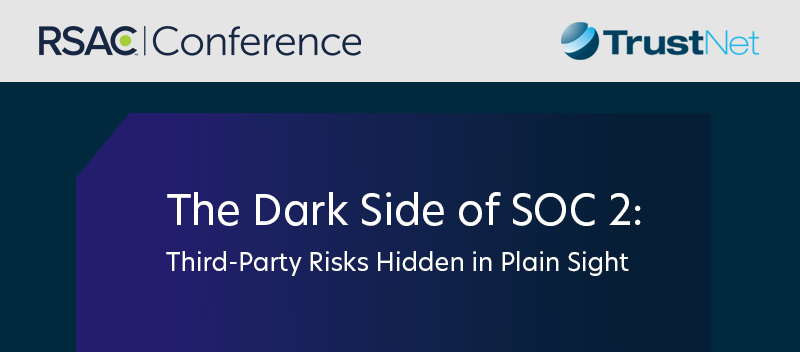PCI DSS v4.0.1 Key Updates and Risk Strategies Compliance Leaders Should Know

The payment industry today requires robust security measures to protect cardholder data. PCI DSS v4.0.1 brings significant updates aimed at refining clarity and strengthening compliance. Here’s a quick overview:
Key Focus of PCI DSS v4.0.1
-
- Corrections to formatting and typographical errors to enhance precision.
- Updated risk management practices to support a risk-based security approach.
- Clarifications in compliance requirements for better implementation.
Why It Matters
-
- Builds stronger data protection and mitigates cybersecurity threats.
- Empowers organizations to move from checkbox compliance to long-term resilience.
Who Benefits from This Guide
-
- Merchants looking to protect customer trust through compliance.
- Financial institutions adapting to regulatory landscapes.
- Service providers tasked with streamlining PCI DSS compliance solutions.
This article equips organizations with strategies, tools, and actionable insights to transition smoothly to PCI DSS v4.0.1, safeguarding environments while simplifying compliance efforts.
Breaking Down PCI DSS v4.0.1: What’s New?
The release of PCI DSS v4.0.1 brings a series of refinements to enhance the standard’s usability and ensure its relevance in today’s payment security landscape. These updates improve clarity, strengthen compliance requirements, and address modern threats. Here’s a breakdown of the key changes and their impact:

Key Updates in PCI DSS v4.0.1
Clarifications to Requirements
-
- Applicability Notes in Requirement 3 were updated to better understand how businesses should protect stored cardholder data.
- Critical vulnerabilities must be patched within 30 days, with clear guidance on applying this timeline in diverse scenarios.
- Minor corrections in formatting and phrasing eliminate ambiguities, simplifying compliance efforts.
Strengthened Authentication Protocols
-
- Updates to MFA requirements ensure stricter user validation for secure access to sensitive systems.
- The inclusion of Zero-Trust principles, emphasizing “never trust, always verify,” reduces risks from stolen or compromised credentials.
E-Commerce Security Enhancements
-
- Advanced measures to prevent web skimming attacks, protecting consumer data during online transactions.
- Reinforced security protocols tailored for e-commerce, reflecting the growing importance of securing digital payment environments.
Why These Updates Matter
-
- Improve clarity and consistency, making compliance more accessible for businesses of all sizes.
- Equip organizations with more potent tools to mitigate threats like credential misuse and web-based attacks.
- Shift security from a periodic compliance activity to a continuous, dynamic process aligned with Zero Trust principles.
How Businesses Can Adapt
-
- Leverage automation like TrustNet’s GhostWatch to streamline compliance processes and ensure robust documentation.
- Regular gap analyses should be conducted to identify vulnerabilities under the updated framework.
- Invest in technologies like advanced MFA solutions and web application security tools to ensure adherence to new standards while enhancing overall security posture.
These updates demonstrate PCI DSS’s commitment to proactive, adaptive security. By integrating these changes into their compliance efforts, businesses can protect sensitive payment domains, enhance operational resilience, and build customer trust.
Take Control of PCI DSS v4.0.1 Compliance Today. Schedule a Complimentary Consultation with a PCI QSA.
Maximising Risk-Based Compliance for Smarter Security Decisions
Adopting PCI DSS v4.0.1 requires a refined, risk-based approach to ensure that security efforts align with your organization’s specific challenges and goals. Focusing on these two areas can help you enhance compliance and move toward smarter security decisions.
Targeted Risk Analysis (TRA)
TRA enables organizations to align security efforts with their unique risk landscape. By focusing on specific threats within your environment, you can design more effective and efficient compliance strategies. Key benefits include:
-
- Tailored Assessments: Pinpoint vulnerabilities unique to your organization instead of broad, generic evaluations.
- Efficient Control Implementation: Focus security measures on critical areas, minimizing unnecessary or redundant controls.
- Optimized Resource Allocation: Direct resources to mitigate the most significant risks, ensuring priorities are addressed first.
This strategic approach ensures compliance efforts are purposeful, reducing inefficiencies while strengthening overall security posture.
Continuous Monitoring
Compliance doesn’t end with an annual review; continuous monitoring keeps your defenses strong and adaptive in a rapidly changing risk landscape. Key elements include:
-
- Timely Threat Detection: Identify and address vulnerabilities as they emerge, minimizing potential exposure.
- Automation: Leverage PCI DSS continuous monitoring software (e.g., GhostWatch) to streamline compliance processes, reduce manual work, and improve accuracy in tracking changes.
- Sustained Protection: Maintain consistent compliance by adapting proactively to new threats.
Summary/Key Takeaways
PCI DSS v4.0.1 enhances compliance by introducing a flexible and risk-adaptive framework that prioritizes continuous security over traditional static assessments.
Key Advancements:
Customized Approach:
-
- Customizes security strategies to fit each business’s operational needs.
- Ensures full compliance while making security measures practical and effective.
- A highlight of how PCI DSS v4.0.1 improves security culture through personalization and adaptability.
Targeted Risk Analysis (TRA):
-
- Enables proactive identification, evaluation, and mitigation of environment-specific risks.
- Strengthens core security practices by focusing on the most relevant threats.
Enhanced Authentication and E-Commerce Security Controls:
-
- Enhances controls to secure businesses against emerging cyber threats.
- Boosts compliance resilience while enhancing customer trust.
Scalable and Strategic Security Systems:
-
- Focuses beyond compliance to create adaptable and long-lasting security foundations.
- Reduces compliance costs and provides businesses with a competitive advantage.
Actionable Next Steps:
- Evaluate your Compliance Posture: Review your current state against PCI DSS v4.0.1 updates to identify and address gaps.
- Leverage Automation Tools: Streamline processes and improve efficiency with real-time monitoring solutions like GhostWatch.
- Adopt a Continuous Risk Management Model: Stay ahead of evolving threats by implementing ongoing security measures.
- Engage a QSA Partnership: Partner with TrustNet, a trusted Qualified Security Assessor, to elevate your PCI DSS compliance strategy and gain expert guidance tailored to your needs.
TrustNet is here to help you transform PCI DSS compliance into a competitive advantage. From reducing costs to safeguarding customer trust, we help businesses achieve resilience and future-proof security. Contact our Experts today for a tailored compliance strategy.
Subscribe to the TrustNet Newsletter
actionable cybersecurity strategies, and TrustNet’s cutting-edge solutions.




